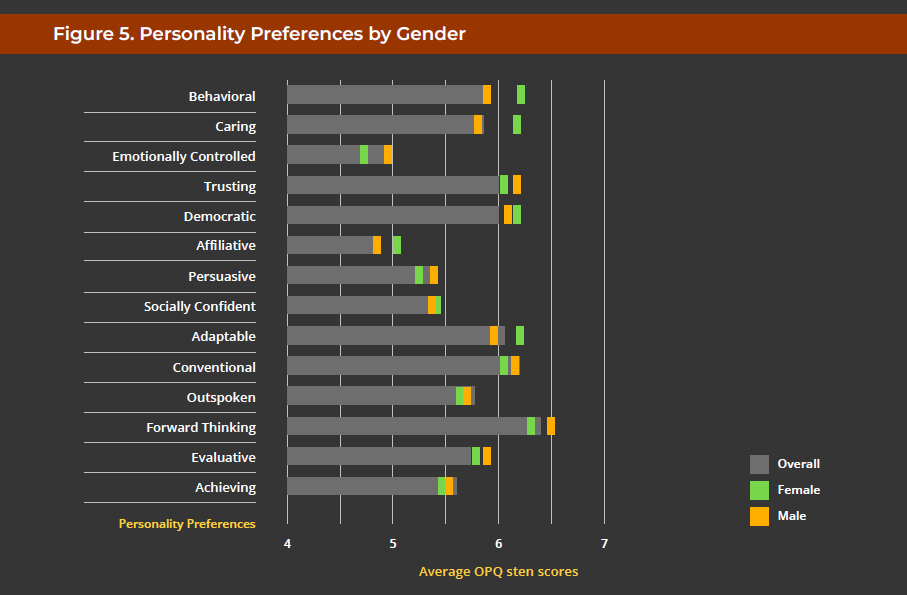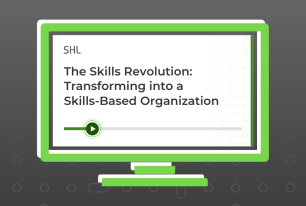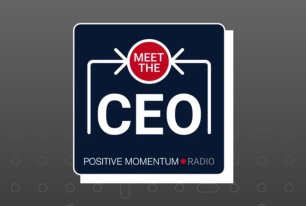Shattering Ceilings: Redefining Leadership on International Women's Day
On International Women’s Day, we explore the leader gender gap, personality preferences by gender and improving DEI by supporting women to achieve leadership roles.
Share
As a big adventure-mystery aficionado, one of my favorite movie franchises is “Enola Holmes.” The movies revolve around a young girl in the 19th century, who is willing to take risks and driven to build a name in her chosen detective career. My personal takeaway from the movie is “Women should take risks and trust themselves to follow their dreams.”
As we head towards International Women’s Day, celebrating the achievements of women, I was drawn to one of the key aspects of this year’s Inspire Inclusion theme—the promotion of diversity in leadership and decision-making positions. Over the last 30 years, women have made progress in filling more managerial positions, particularly in high-income countries, but there is a long way to go before they close the numbers gap to men in these roles. Leaders within organizations are more likely to rely on stereotypes when it comes to decisions related to women's progress, but objective data shows how women show stronger potential in several areas that are likely to build great people managers.
As discussed in our whitepaper, The New Era in People Management, men report likely greater strength in focusing on a vision, influencing others and being open in sharing their emotion. Women generally demonstrate greater natural strength in understanding behaviors of others, showing empathy, adaptability, and being energized through connections. These are the traits that could build great people managers today, if we identify them, nurture them, and get them in the right places. In fact, organizations in the top quartile for leadership gender diversity report a 47% higher return on equity than those without women on their executive committees.
Despite the data, men are more likely to be viewed as having advancement potential. Advancement potential is associated with traits viewed as “masculine” which are weighted more heavily. Men tend to be better represented in this situation because most of them are deemed to have more developmental opportunities and are hired or promoted more on this basis than on their personal attributes.

Personality Preferences by Gender¹
"While women continue to outpace men in educational achievements, we have ceased making real progress at the top of any industry."
- Sheryl Sandberg (Lean In: Women, Work, and the Will to Lead)
Along with leadership, there is also ground to cover when promoting gender diversity and inclusivity in STEM (science, technology, engineering, and mathematics) roles. Recent stats indicate that women represent 34% of the workers in STEM roles². Going a bit deeper into the statistics, we can see that men and women in STEM tend to specialize in different fields, with women professionals more highly concentrated in roles in the social and life sciences and very low shares of women in computer and mathematical sciences or engineering. Organizations employing STEM professionals should establish and enforce policies that promote gender equality and inclusion.
For women, the traditional glass ceiling is not the only obstacle being faced as they climb the career ladder or move into STEM roles—there are also a range of micro-challenges that lead to the attrition of women along the leadership pipeline. Women at all levels cite flexible working time as the most effective tool to promote careers for women. Female leaders tend to voluntarily take time off work for family reasons at a rate much higher than men, but most of them would like to get back to work if given the opportunities. Again, many stories of women’s experiences of feeling invisible, ignored, overlooked, and underestimated are unheard. They were at the table but not necessarily listened to, or part of the decision-making affecting the direction of the business. With 67% of organizations maintaining or increasing investment in DEI³, the commitment to change is evident but organizations need to understand exactly what the goals of these initiatives are, and ensure they are part of a strategic plan with leadership involvement and sustained effort over time.
To see more about celebrating women in the workplace, visit out our International Women's Day Collection.
Sources:
¹ https://www.shl.com/assets/premium-content/the-new-era-in-people-management-white-paper-en-v2.pdf
³https://www.shl.com/resources/by-type/whitepapers-and-reports/global-talent-trends/
https://www.ilo.org/infostories/en-GB/Stories/Employment/beyond-the-glass-ceiling#beyond









